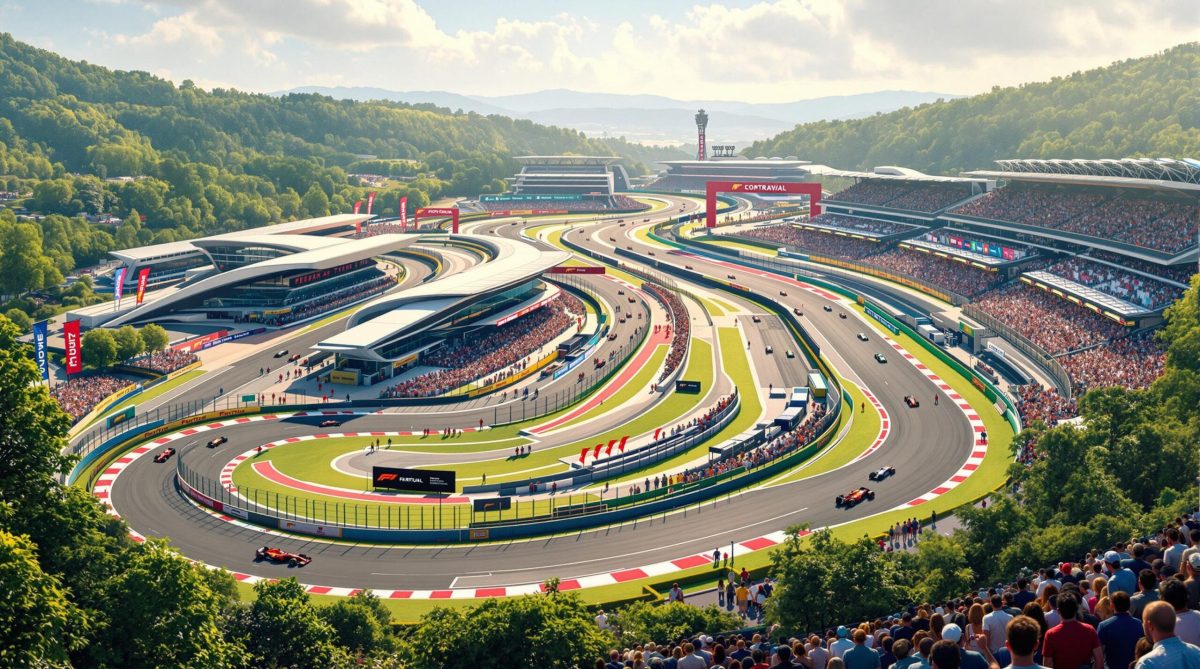P1racenews AI automatic summary:
Explore the economics of modern F1 circuits, from construction costs to local economic impacts, and learn how they drive tourism and revenue.
Key factors influencing the financial success of modern F1 circuits like Yas Marina and Las Vegas are innovative design, careful financial planning, and sustainability practices. F1 circuits require massive investments and diverse income streams to balance high costs. Circuit operators typically pay annual hosting fees to Formula One Management, with costs ranging from $15 million to $50 million per race, although the Las Vegas Grand Prix operates without a traditional hosting fee under Liberty Media Corp. Direct investment in safety, security, and traffic management is crucial, as demonstrated by the $435 million spent on the Las Vegas event in 2023. Hosting an F1 race entails significant construction, maintenance, and hosting fee expenses, which must be carefully managed for financial sustainability. Revenue streams including ticket sales, sponsorships, and hospitality packages are crucial for F1 circuits to remain financially viable and support the local economy. Hosting F1 races brings substantial economic benefits to cities, with events like the Miami Grand Prix generating millions of dollars in revenue and attracting thousands of attendees, boosting local businesses and infrastructure. Despite the high costs involved, hosting an F1 race can lead to long-term economic growth and benefits for host cities, as modern circuits are designed to meet stringent safety standards while offering an exciting racing experience.






